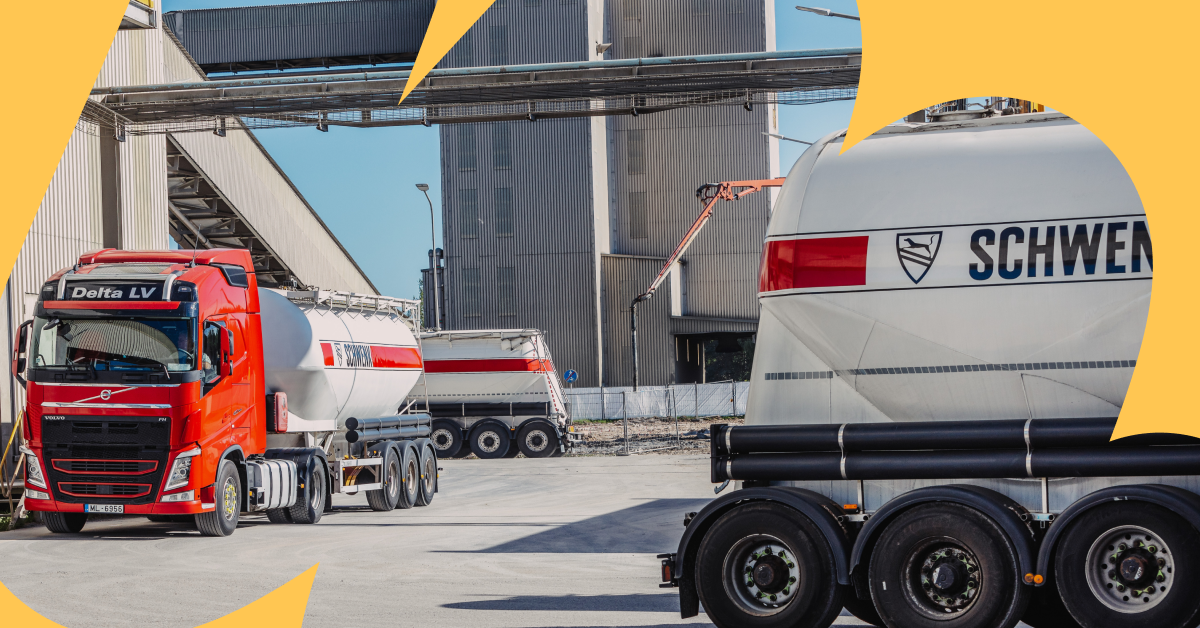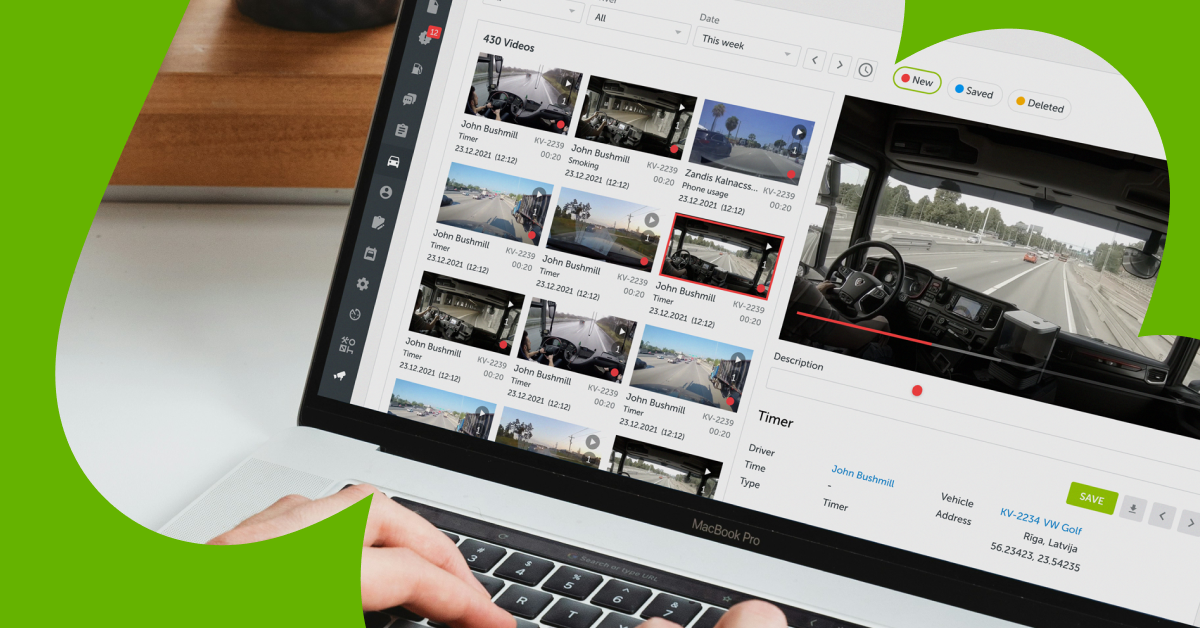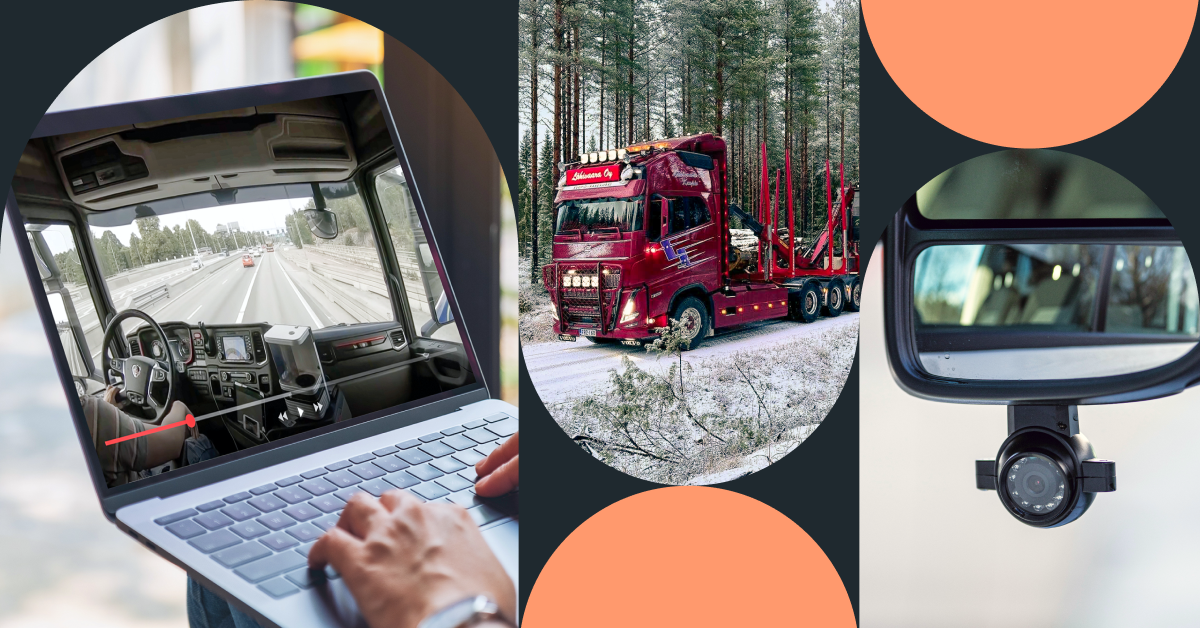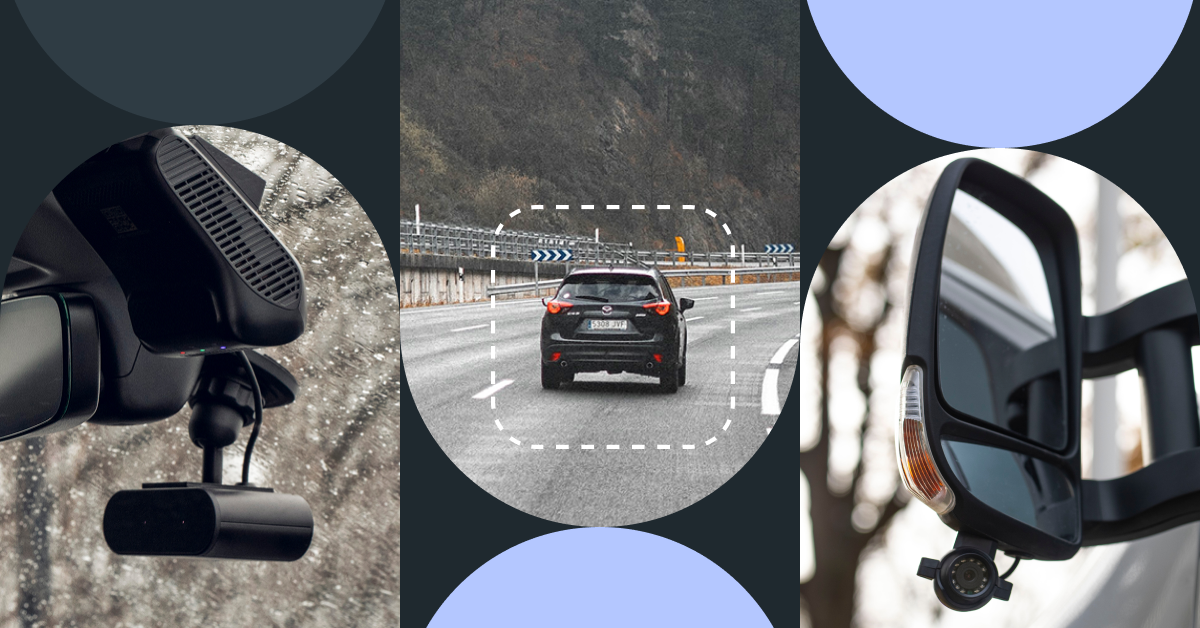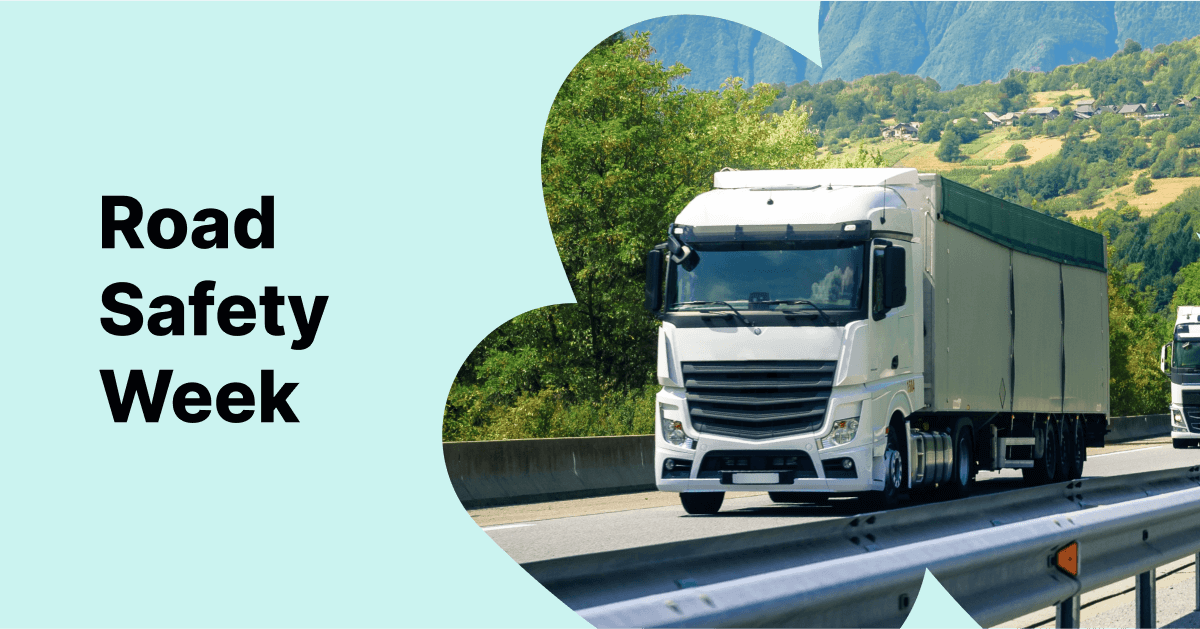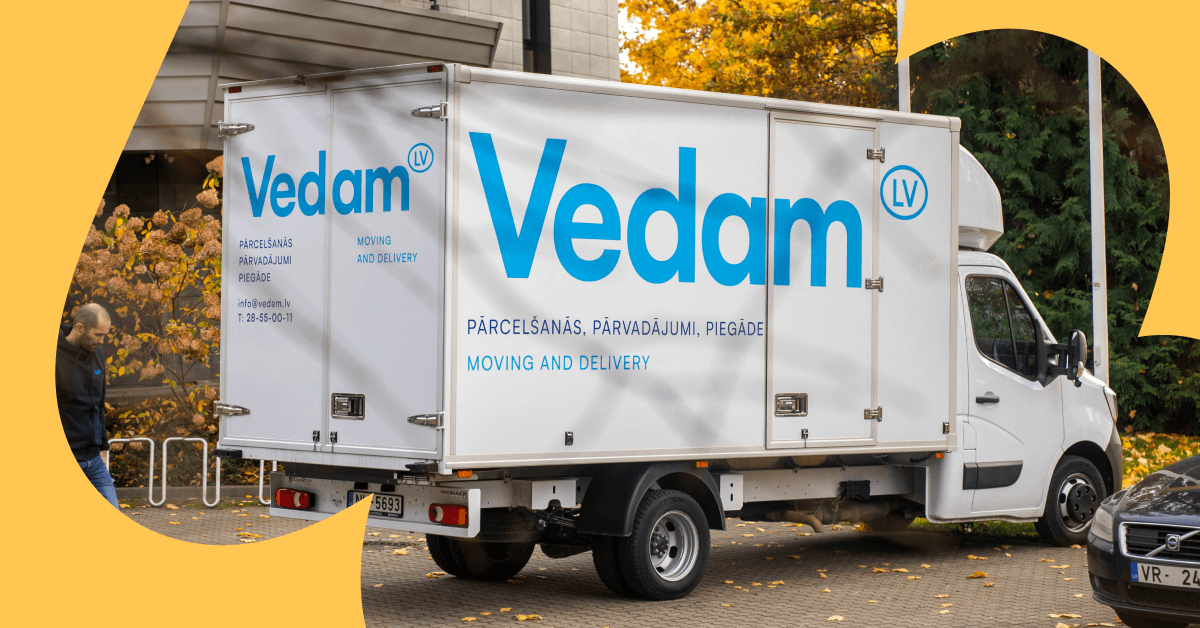Why Every Driver Needs Fleet Cameras in Vehicles
When you hear about fleet cameras, you might think they only exist to help managers monitor drivers. But here’s the truth – fleet cameras actually benefit drivers just as much, if not more!
From protecting against false accident claims to improving job security and even increasing pay, having a camera in the vehicle can make drivers’ lives easier and safer. Whether you’re a truck driver, delivery driver, or working in agriculture or cold chain logistics, a fleet camera can benefit employees across various industries.
So, let’s jump straight into the most important benefits of fleet camera systems for those behind the wheel!
Mapon dashboard interface showcasing a footage archive for selected vehicles, drivers, and dates
Cameras Offer More Than Just Footage – They Provide Protection
Every experienced driver knows that accidents aren’t always straightforward. Some people will do anything to avoid responsibility, from exaggerating the truth to outright fabricating events.
Worse yet, staged accidents – where fraudsters intentionally cause collisions to scam insurance companies – are becoming more common. One such tactic is brake checking, where a smaller vehicle suddenly slams on the brakes in front of a truck, forcing the driver into a collision.
Studies estimate that insurance fraud, including staged accidents, accounts for up to 15% of all global damages, with fraudulent claims in some regions reaching millions of euros annually. If drivers and companies get caught in the middle of such an accident, they can easily find themselves drowning in legal trouble.
A high-quality dash cam eliminates doubt, recording every moment leading up to and following an accident. Instead of being forced to argue your case with an insurance company, you can simply provide video proof of what actually happened. Whether it’s an aggressive driver cutting you off, an impatient pedestrian darting into traffic, or a reckless cyclist ignoring the rules of the road, your dash cam ensures you aren’t left alone to prove your innocence.
Job Security and Fair Treatment
Accidents on the road are just one thing to worry about. Sometimes, false accusations can come from customers or passengers.
Delivery drivers, truckers, and those working in waste management are often at the mercy of customer complaints – for example, people often assume their waste container was skipped, while the real issue is the placement – when the container is in the wrong spot, the truck simply can’t reach it. Without reliable evidence, a simple misunderstanding can escalate into disciplinary action, lost wages, or even job termination.
Dash cams provide an unbiased record of one’s driving habits and actions on the road. If a customer falsely claims that a driver was rude or reckless, the footage tells the real story.
For example, a Latvian moving company Vedam.lv uses dashcams, side cameras and rearview cameras to uphold the company’s good reputation. The Vedam.lv CEO Gatis Rūtiņš says:
“If a customer says they haven’t received their order, we can use the camera footage to prove that we delivered everything and nothing was damaged.”
Read more about Vedam.lv experience with fleet camera systems!
In industries where reputation means everything, having cameras on board can protect drivers from unjust penalties and safeguard their careers.
Many companies also use footage to reward good drivers, offering incentives, bonuses, and promotions to those with a clean record. If the company evaluates employees based on performance, fleet cameras could actually help drivers climb the ranks, secure better routes, or even earn a pay raise.
Safer Roads, Less Stress, and More Control
Professional driving is already stressful enough. Long hours, unpredictable traffic, and the pressure to meet deadlines can take a toll. Adding the worry of being blamed for an accident or facing an unfair complaint only makes things worse. A fleet camera provides an extra layer of security, allowing drivers to focus on the road without the constant fear of “what if?” hanging over their heads.
In some cases, simply having a visible dash cam is enough to deter reckless drivers and road rage incidents. In many situations, seeing a camera recording one’s actions is already enough to prevent people from cutting you off, tailgating, or attempting dangerous manoeuvres.
If an incident does occur, the presence of a camera often leads to faster resolutions with law enforcement and insurance companies since clear video evidence speeds up investigations and eliminates unnecessary back-and-forth.
Dash Cams: A Tool for Safety, Not Surveillance
Dash cams are often misunderstood as tools for constant surveillance, but in reality, they are just tools. Their impact depends entirely on how they are used. Modern fleet camera systems are designed to enhance safety, provide protection, and ensure compliance, not to micromanage drivers.
In practice, continuous monitoring isn’t feasible or necessary. Fleet managers don’t have the time or resources to watch live streams constantly, and there is no business case for deep surveillance. Instead, dash cams act as a safeguard, providing recorded footage when needed – whether for accident investigations, dispute resolution, or ensuring fair treatment of drivers. When used responsibly, fleet cameras serve as an ally, not an intrusion.
A Smart Investment That Pays Off in More Ways Than One
The best way for drivers to see fleet cameras is as insurance for their careers. Such devices become invaluable in situations where recorded footage is the only protection against financial or legal trouble.
As for a company, the cost of a high-quality dash cam or a whole camera system is minimal compared to the potential losses from an accident dispute, insurance claim, or false accusation.
All in all, there is no reason why drivers and fleet managers should look at cameras differently – for everyone working in the transportation industry, fleet cameras are their personal advocates on the road, providing essential evidence, security, and peace of mind.
Mapon Is Ready to Protect Your Fleet
We at Mapon know that safety matters most on the road. That’s why we provide tailored camera solutions designed to protect drivers and businesses across all industries.
Contact us today for a personalised quote and ensure your fleet is equipped for a safer future.

